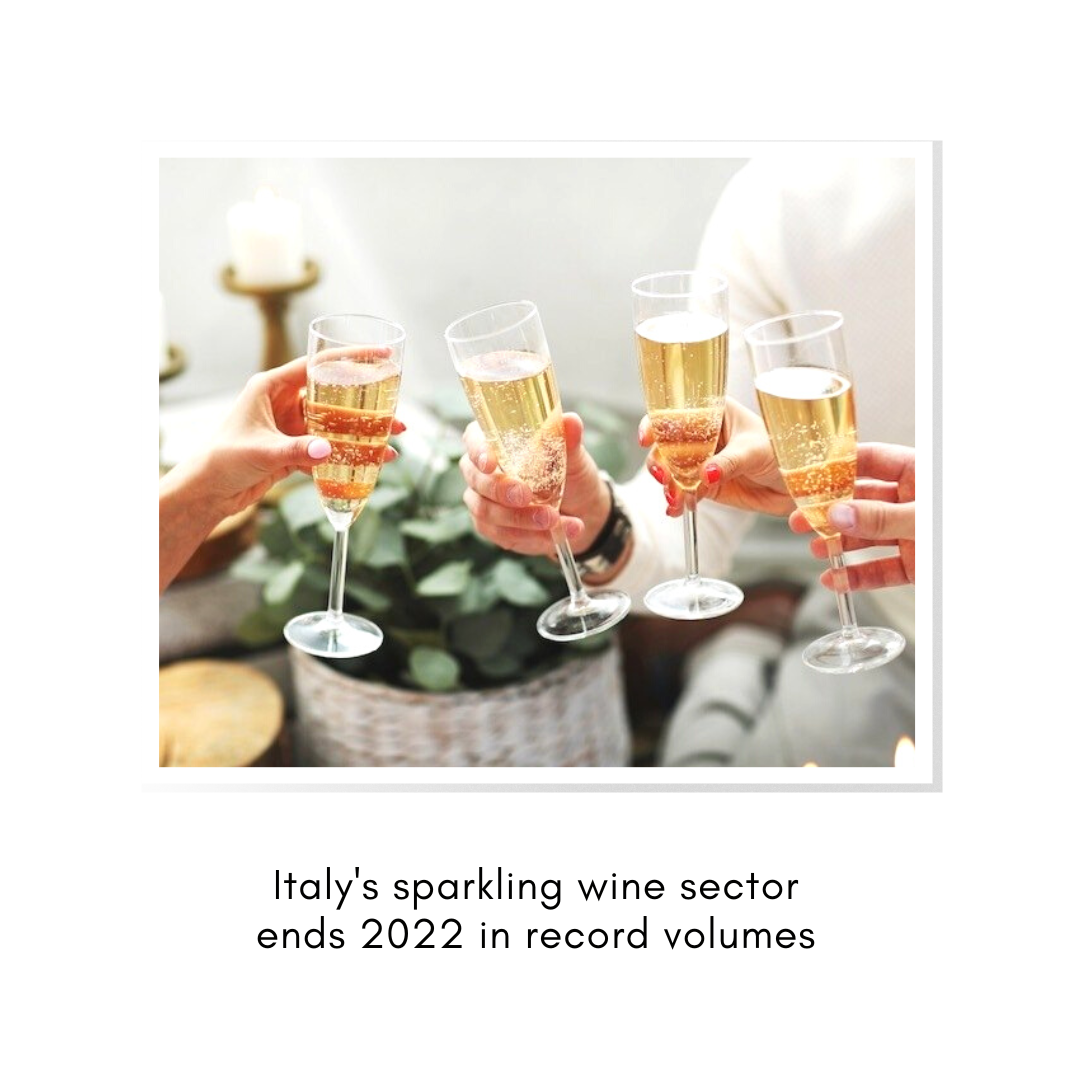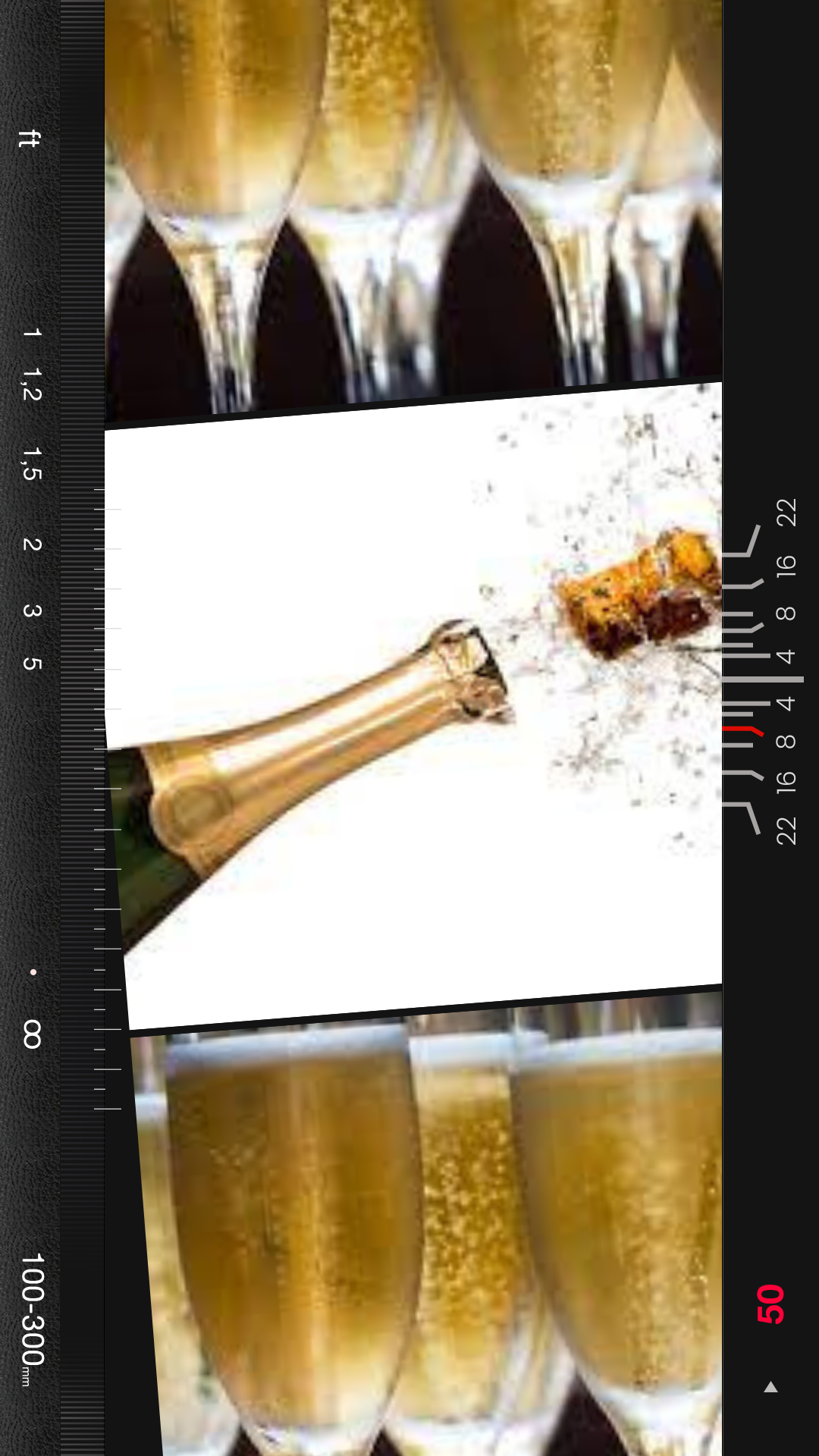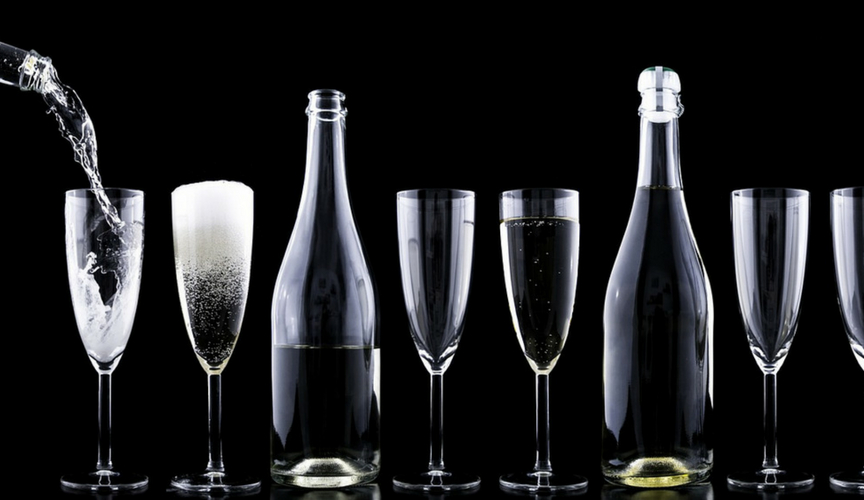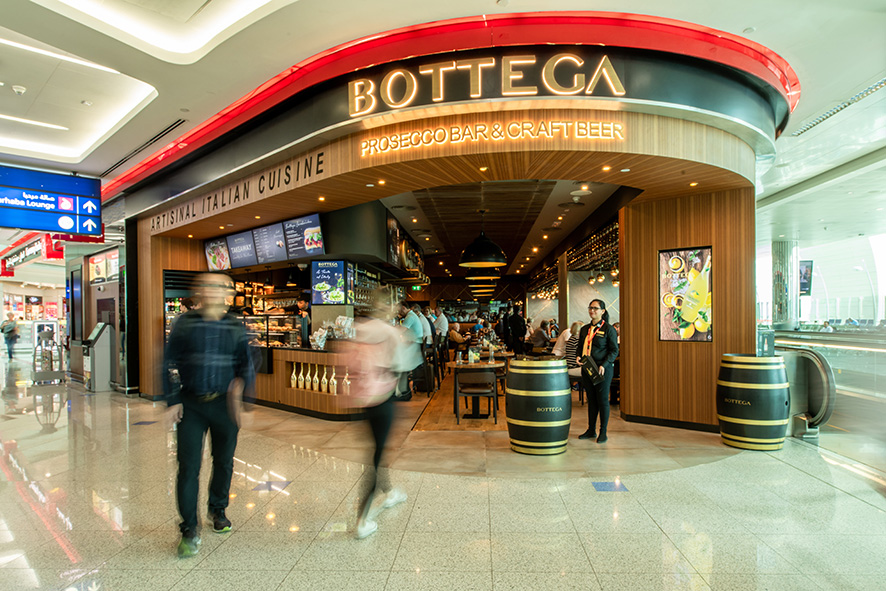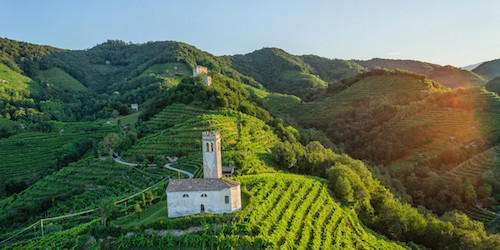2 billion euros in export value alone illustrate the spumante boom. Markets like Eastern Europe and France are also growing strongly.
According to recent estimates by Unione Italiana Vini (UIV) and the service institute Ismea, Italy’s sparkling wine sector ends 2022 with a production record of 970 mill. bottles. The total business value is 2.85 billion euros, of which the export market alone generates 2 billion euros. The growth of 6% is mainly due to exports (+8%), but the internal market will also close positively (+1%).
In particular, demand in the main markets, the USA, the UK and Germany, is accelerating growth. However, good results are also achieved in other established places such as Canada, Sweden and Japan, and sales are also increasing in younger markets such as Eastern Europe and France (+25% volume).
The three Prosecco origins DOC, DOCG Conegliano Valdobbiadene and DOCG Asolo not only account 70% of production, they are also the best-selling product in the food sector worldwide. According to the report, their business value is over 1.6 billion euros. Asti DOCG, Trentodoc and Franciacorta were also able to increase sales.
Italy’s sparkling wine production consists of 83% DOP qualities, 6% fall to IGT wines, the rest to sparkling wines without specific indications of origin.
#Prosecco #Conegliano #Valdobbiadene #Asolo #Asti #Trentodoc #Franciacorta #Italysparklingwine #winetrade #winenews #italianwine #italianwinelovers #sparklingwine #wineexports #winelovers #italianwine #winetrade #wine #italianwine #winetrends

